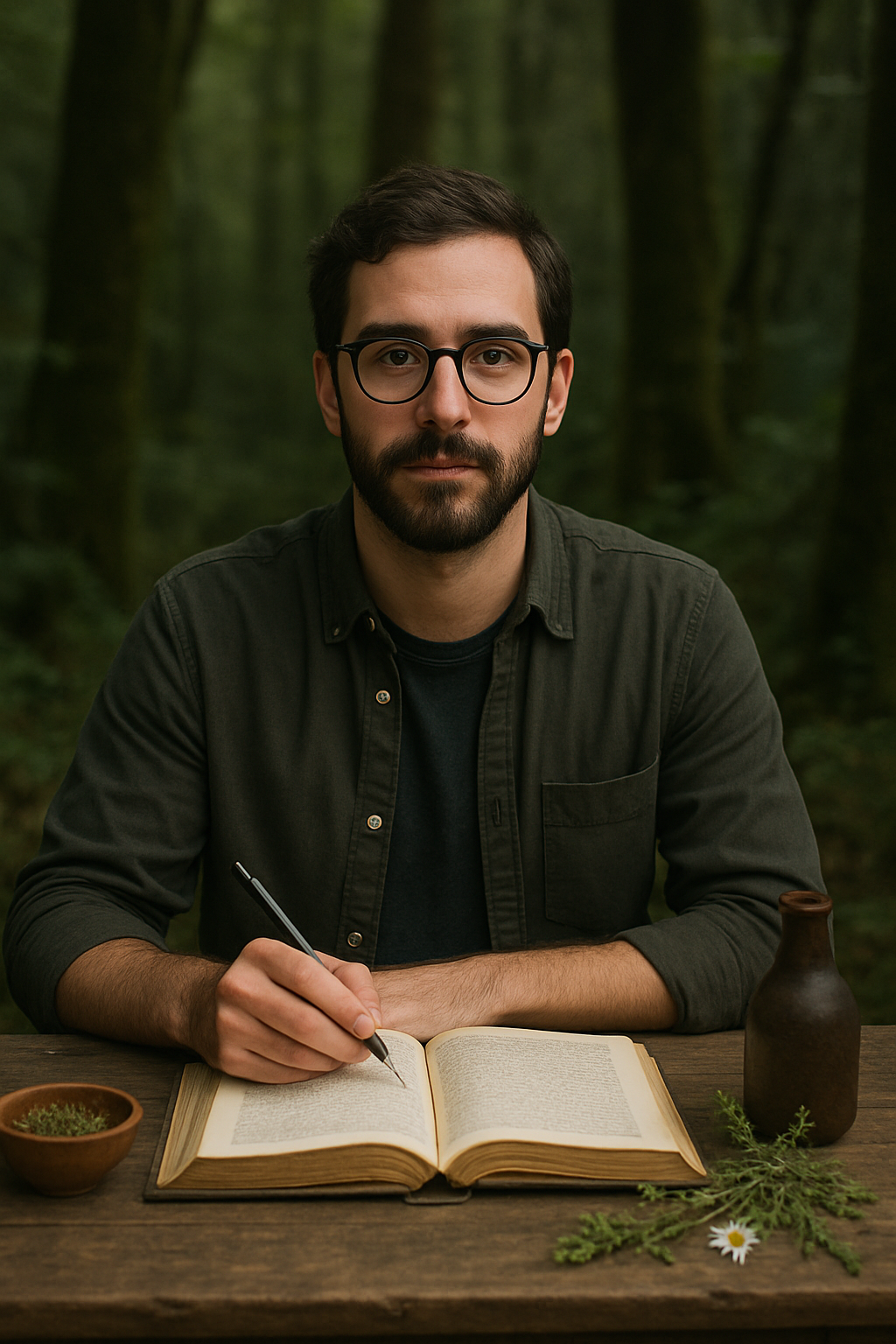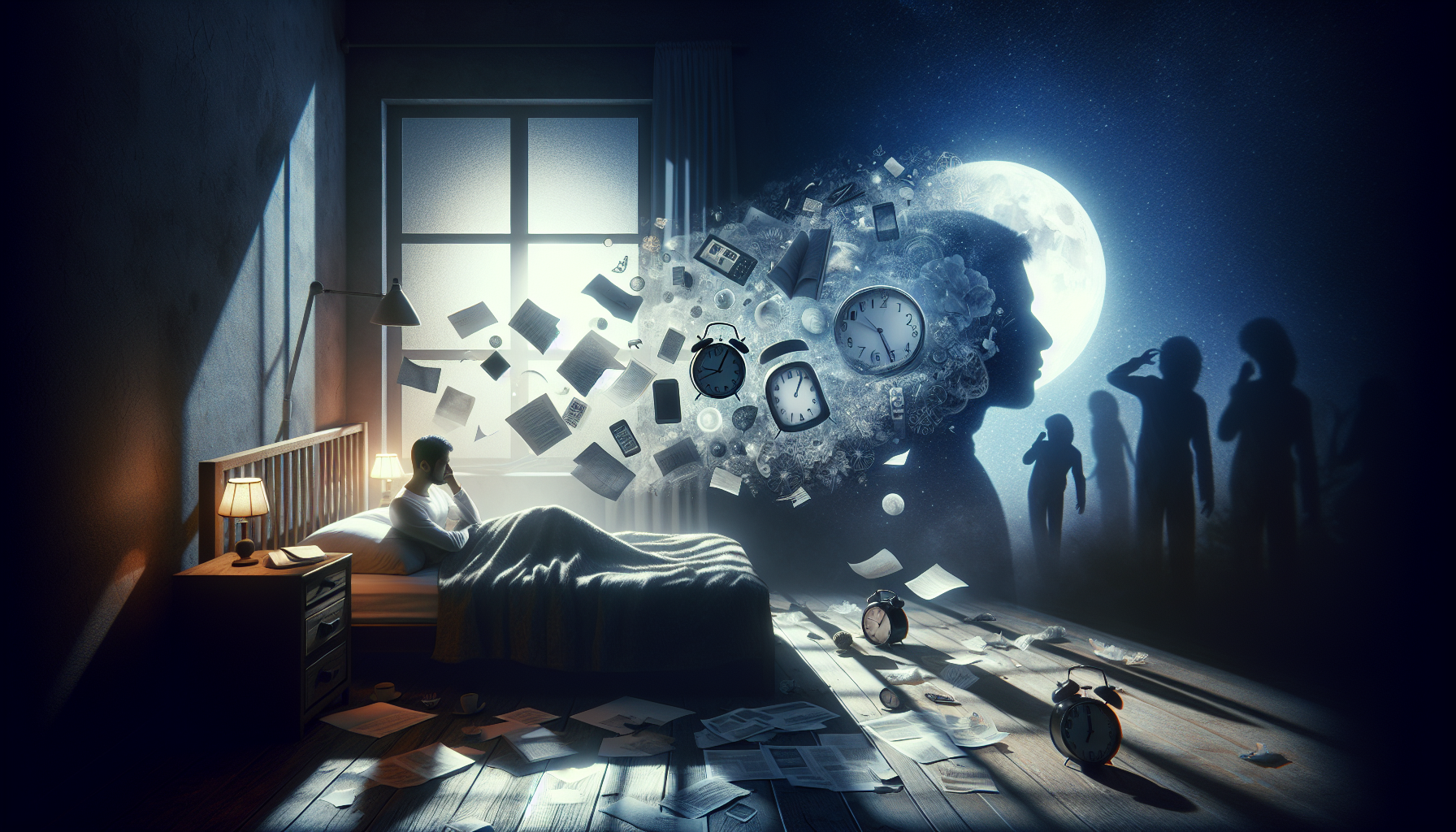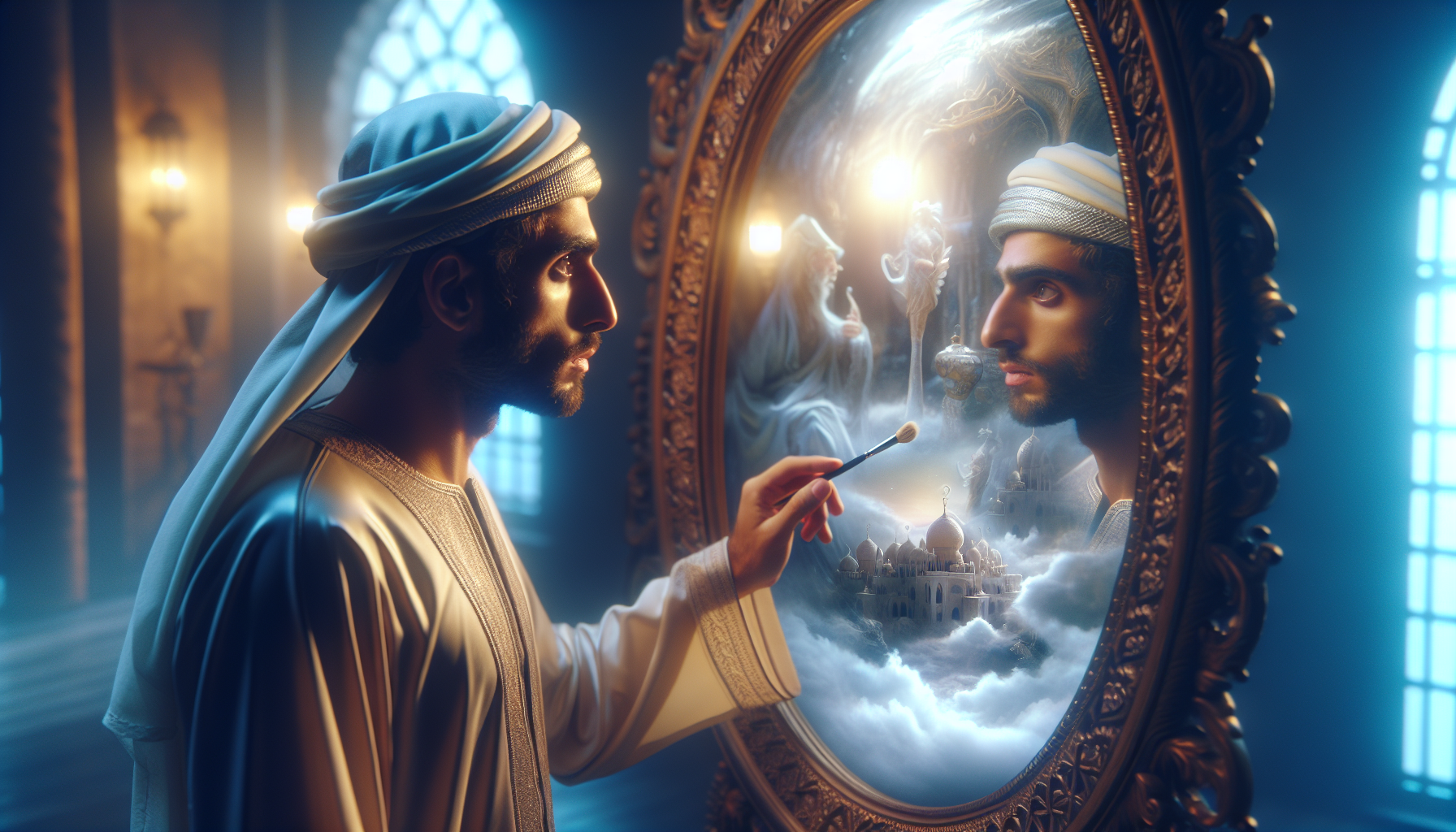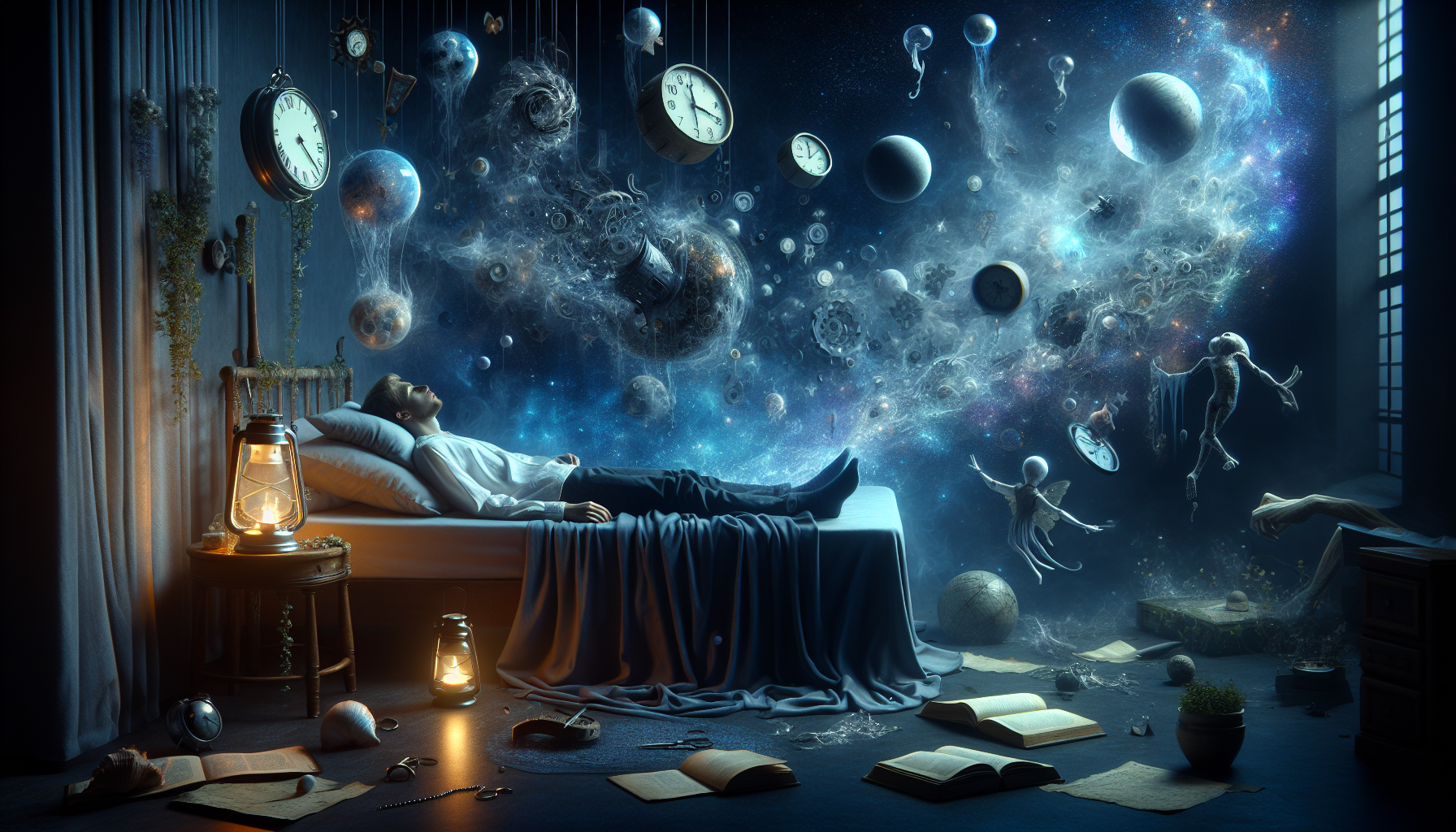In the stillness of the night, when the world drapes itself in a silken cloak of shadows and whispers, the mind begins to wander into realms often left unexplored during the bustling daylight hours. This is the magical hour where poetry finds its rawest form, unshackled by the constraints of conscious thought and liberated by the freedom of the subconscious. The theme of this exploration, “Crafting Midnight Musings: Unleashing the Power of Nightly Visions in Poetry Writing,” invites you to dive deep into the intersection of creativity and the nocturnal mind—a sanctuary where ideas flow as freely as the moonlit tides. Here, we unravel the mysteries of how the quietude of night ignites a unique spark in the creative process, allowing poets to transform fleeting thoughts and dreams into profound verses that resonate with universal truths. 🌙
At the heart of this exploration lies an intriguing question: What is it about the night that so powerfully fuels poetic inspiration? Perhaps it is the solitude it offers, a time when distractions are minimal, and the mind can wander unencumbered by the demands of daily life. Or maybe it is the mystique of the dark itself, a canvas painted with the hues of imagination where dreams and reality blur. In the forthcoming sections, we will delve into the psychology of creativity under the cover of night, examining how this unique setting fosters a deeper connection with our inner thoughts and emotions. We will discuss the role of dreams as a fertile ground for poetic imagery, and how the silence of the late hours can lead to profound introspection and clarity. Through historical examples and contemporary practices, we will illuminate how poets have harnessed these nightly visions to craft their most evocative and enduring works.
The Enigmatic World of Nightly Visions
Nightly visions have long been a source of fascination for poets and writers. These mysterious musings, often vivid and surreal, offer a rich tapestry of imagery and emotion for literary exploration. During the stillness of night, when the conscious mind begins to drift and the subconscious takes over, the veil between reality and imagination becomes translucent. It is within this ethereal space that some of the most profound poetic inspirations can be unearthed. The relationship between dreams and poetry is intimate and complex, a dance of shadows and light that can lead to stunning creative revelations.
Throughout history, poets have harnessed the power of their dreams to fuel their creative processes. From the vivid dreamscapes of Samuel Taylor Coleridge’s “Kubla Khan” to the haunting night visions of Sylvia Plath, the influence of the subconscious is evident. These nocturnal musings can present a unique challenge and opportunity for poets. How does one capture the ephemeral nature of dreams, with all their disjointed logic and intense emotions, in the structured form of poetry? The key lies in embracing the fluidity and unpredictability of the dream state, allowing it to inform the rhythm, imagery, and themes of the poetic work.
Exploring the Depths of the Subconscious
Understanding the subconscious mind is key to unlocking the potential of nightly visions in poetry. This hidden realm of the psyche, where desires, fears, and memories converge, serves as a wellspring of creative inspiration. The subconscious mind operates on a different plane than the conscious mind, free from the constraints of logic and societal norms. It is here that the raw material for poetic exploration lies, waiting to be unearthed and transformed into art.
Sigmund Freud’s seminal work on dreams and the unconscious mind laid the foundation for modern explorations of the subconscious in art and literature. Freud posited that dreams are a manifestation of repressed desires and unresolved conflicts, a theory that has influenced countless writers and artists. By tapping into these deep-seated emotions and experiences, poets can create works that resonate on a profound emotional level. This process often involves a degree of introspection and vulnerability, as the poet must confront and embrace the darker aspects of their psyche.
The Craft of Translating Dreams into Poetry
Translating the abstract and often illogical nature of dreams into coherent poetry is an art form in itself. The key is to strike a balance between the surreal elements of the dream and the structured form of poetry. This requires a keen understanding of poetic devices and techniques, as well as a willingness to experiment with form and language. Imagery is particularly important in this process, as it allows poets to convey the vivid and often fantastical elements of their dreams.
One effective technique for capturing the essence of dreams in poetry is the use of metaphor and symbolism. By employing these devices, poets can evoke the emotional and sensory experiences of their dreams without being constrained by literal interpretation. Symbolism, in particular, allows for multiple layers of meaning, reflecting the complexity and ambiguity of the dream state. Through careful selection of images and symbols, poets can create a rich tapestry of meaning that resonates with readers on both an intellectual and emotional level.
Another important aspect of translating dreams into poetry is the use of rhythm and sound. The fluid and often unpredictable nature of dreams can be mirrored through the use of varied meter, rhyme schemes, and sonic devices such as alliteration and assonance. These elements help to create a sense of movement and flow, guiding the reader through the dreamscape of the poem. By paying careful attention to the musicality of the language, poets can enhance the immersive quality of their work and draw the reader into the dream world.
Incorporating Nightly Visions into Contemporary Poetry
In today’s digital age, poets have access to a wealth of tools and platforms that can enhance their exploration of nightly visions. Multimedia poetry, which combines text with visual and auditory elements, offers a dynamic way to engage with the dreamlike quality of the subconscious. By incorporating images, sounds, and even video into their work, poets can create a multi-sensory experience that reflects the richness and complexity of their dreams.
One innovative approach to multimedia poetry is the use of digital platforms to create interactive works. These platforms allow poets to experiment with the format and presentation of their poetry, offering readers a more immersive and engaging experience. For example, a poem might be presented alongside an interactive visual display or accompanied by a soundscape that enhances the mood and atmosphere of the piece. This approach not only broadens the scope of poetic expression but also allows poets to reach a wider and more diverse audience.
Social media platforms also offer new opportunities for poets to share their work and connect with a global community of artists and readers. By leveraging these platforms, poets can engage with audiences in real-time, receive feedback, and collaborate with other creatives. This collaborative spirit reflects the communal nature of the dream experience, where shared symbols and themes often emerge. Through these digital interactions, poets can expand their creative horizons and continue to explore the mysteries of the subconscious in innovative and meaningful ways.
- Embrace the fluidity and unpredictability of dreams in your poetry.
- Use metaphor and symbolism to convey complex emotions and ideas.
- Experiment with rhythm and sound to create an immersive reading experience.
- Explore multimedia and digital platforms to enhance your poetic expression.
- Engage with the global poetry community through social media and collaborative projects.
Comparative Analysis of Dream-Inspired Poets
| Poet | Approach to Dreams | Themes |
|---|---|---|
| Samuel Taylor Coleridge | Embraced the surreal and fantastical elements of dreams, often incorporating vivid imagery and exotic settings. | Exploration of the imagination, the supernatural, and the sublime. |
| Sylvia Plath | Drew on personal and often dark experiences from the subconscious, using stark and confessional language. | Themes of identity, mental illness, and the struggle for self-expression. |
As we see from this comparison, Coleridge and Plath both utilized dreams as a source of inspiration, but their poetic visions diverged in style and content. Coleridge’s work is marked by a sense of wonder and exploration, often delving into the supernatural and the fantastical. His famous poem “Kubla Khan,” written after an opium-induced dream, exemplifies this approach with its lush imagery and exotic setting.
In contrast, Plath’s poetry is characterized by a raw and often unsettling intensity. Her work delves into the depths of the human psyche, exploring themes of identity and mental illness with unflinching honesty. Plath’s ability to transform personal pain into art has resonated with readers for decades, offering a glimpse into the complex interplay between the subconscious and creative expression.
Embracing the Night: Practical Tips for Poets
For poets looking to harness the power of nightly visions in their work, there are several practical strategies to consider. First and foremost, cultivating a habit of recording dreams is essential. Keeping a dream journal by your bedside allows you to capture the fleeting details and emotions of your dreams before they fade from memory. This practice not only provides a wealth of material for poetic inspiration but also helps to deepen your connection with the subconscious mind.
Another valuable technique is setting aside dedicated time for reflection and meditation. Creating a quiet space for introspection can facilitate access to the subconscious, allowing you to explore your inner world without distraction. This practice can be especially beneficial in the evening, when the mind is naturally more attuned to the dream state. By incorporating meditation into your daily routine, you can enhance your ability to tap into nightly visions and transform them into poetic expression.
Lastly, don’t be afraid to experiment with form and structure in your poetry. Dreams are inherently fluid and often defy traditional narrative conventions. Embrace this quality by playing with unconventional formats, such as free verse or prose poetry. Allow the dream to dictate the shape and flow of your poem, rather than trying to impose rigid structure. By honoring the unique qualities of the dream state, you can create poetry that resonates with authenticity and emotional depth.
Watch an insightful discussion on dream-inspired poetry in this YouTube video: The Power of Dreams in Poetry – Poetry Channel 📺
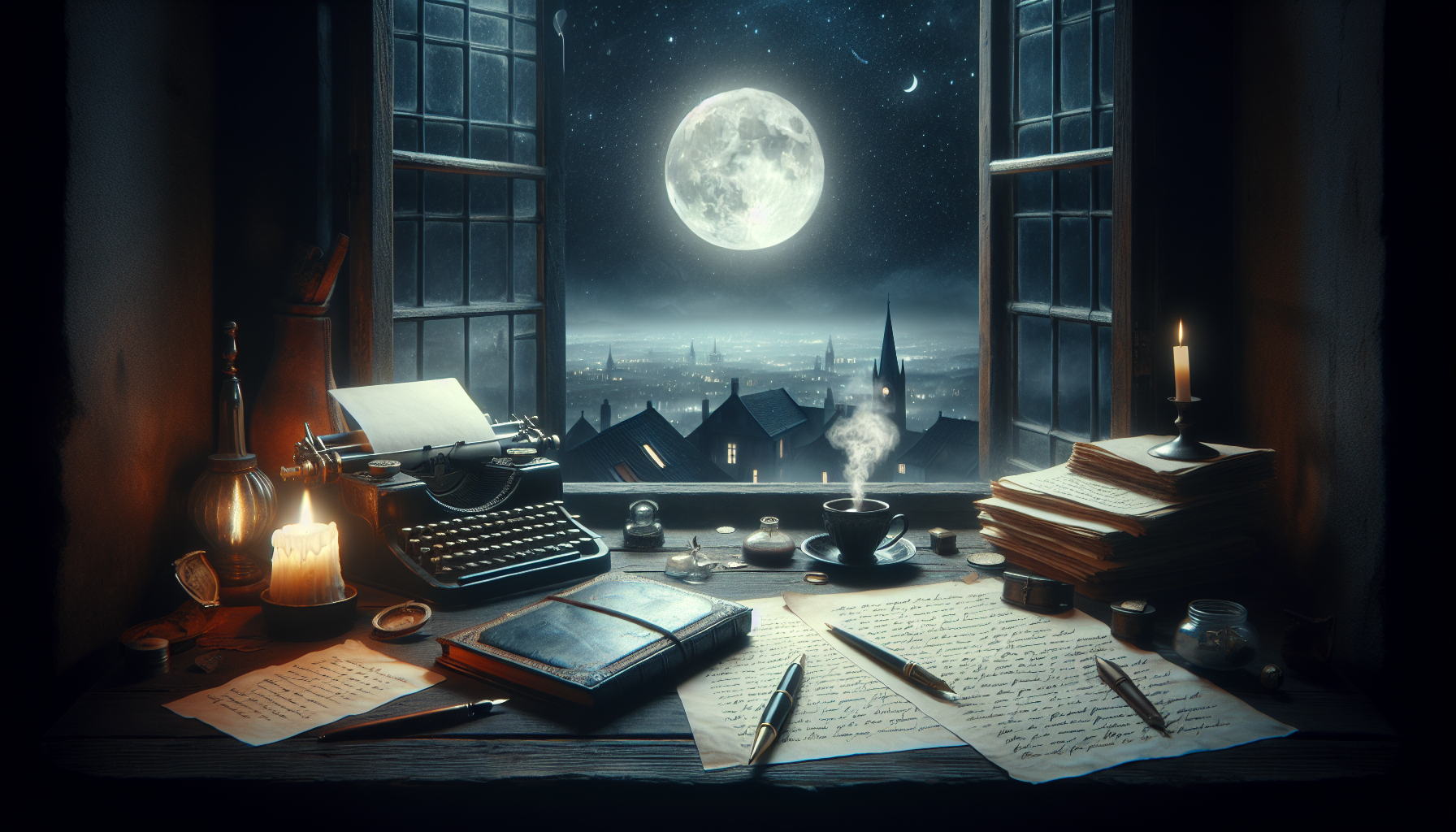
Conclusion
Crafting Midnight Musings: Unleashing the Power of Nightly Visions in Poetry Writing
In our exploration of “Crafting Midnight Musings: Unleashing the Power of Nightly Visions in Poetry Writing,” we’ve journeyed through the magical realm where the unconscious mind intertwines with poetic creativity. We started by understanding the significant role that nighttime plays in awakening the deepest layers of our imagination. The quiet and solitude of the night provide a unique atmosphere, conducive to reflection and introspection, making it an ideal time for poets to engage with their inner thoughts and emotions.
We delved into the neuroscience behind dreams and their influence on creativity. Research suggests that during sleep, particularly the REM phase, the brain engages in unique patterns of activity that encourage the free flow of ideas and the integration of disparate thoughts and memories. This neurological backdrop serves as fertile ground for poetic inspiration, allowing writers to capture fleeting visions and emotions that may be inaccessible during waking hours. For those interested in further exploring this fascinating interplay between sleep and creativity, resources such as the National Sleep Foundation offer valuable insights into the science of sleep and dreaming.
Throughout the article, we highlighted the techniques poets can use to harness the power of their nightly visions. Keeping a dream journal, for example, was recommended as a practical tool for capturing the raw, unfiltered material that dreams offer. By transcribing dreams upon waking, poets can preserve the ephemeral images and emotions that might otherwise fade away, thus maintaining a rich reservoir of inspiration for their writing.
Additionally, we examined the works of renowned poets who have drawn upon their nocturnal insights. Figures such as Samuel Taylor Coleridge and Sylvia Plath have famously channeled their dreams into powerful verses, illustrating how the personal and the surreal can converge to create profound literary art. Their works stand as testaments to the transformative potential of embracing the unconscious as a source of creativity.
The article also provided strategies for cultivating a conducive environment for nighttime inspiration. Simple practices such as maintaining a consistent sleep schedule, creating a calming pre-sleep routine, and minimizing distractions can enhance the quality of dreams and, consequently, the material available for poetic exploration. For those looking to deepen their understanding of how to optimize sleep for creativity, the American Academy of Sleep Medicine offers comprehensive guidelines and resources.
In reinforcing the importance of embracing nightly visions in poetry writing, we touched on the broader implications of this practice. By engaging with the subconscious mind, poets can transcend conventional boundaries and explore themes of identity, memory, and emotion with greater depth and authenticity. This process not only enriches the poet’s work but also offers readers a window into the complexities of the human experience.
As we conclude, it is essential to recognize the value of sharing and discussing the insights gained from engaging with nighttime musings. By fostering a community of poets and readers who appreciate the significance of dreams in creative writing, we can encourage a more profound appreciation for the art of poetry itself. We invite you, dear reader, to reflect on your own experiences with nightly visions and consider how they might inform your creative endeavors. Whether through comments, discussions, or social media shares, your contributions can help create a vibrant dialogue that celebrates the mysterious and enchanting world of poetry born from the night. 🌙
Finally, we hope that the insights and strategies shared in this article inspire you to explore the limitless potential of your own midnight musings. Whether you are a seasoned poet or a budding writer, embracing the power of nightly visions can lead to transformative artistic expression. So, as you lay your head to rest tonight, may you find inspiration in the dreams that await, ready to be woven into the tapestry of your poetic journey.
João is a visual storyteller and dream archivist whose work explores the delicate threshold between memory and imagination. Through layered visuals and symbolic design, he captures the fleeting essence of dreams — those strange, luminous, and sometimes haunting fragments that slip through sleep and echo into waking life.
His creative journey is fueled by a deep fascination with the subconscious and its boundless imagery. From half-remembered landscapes to recurring archetypes and surreal encounters, each piece João creates becomes a portal into an inner archive — where time bends, meanings shift, and personal mythologies emerge.
With a background in handcrafted artistry and visual composition, João weaves intuition and precision together. His work doesn’t just depict dreams; it preserves them, translating ephemeral visions into tangible forms that stir emotion, spark curiosity, and invite reflection. Each creation is both a record and a doorway into the uncharted terrain of the psyche.
Through illustrated dream journals, symbolic explorations, and visual essays, João invites others to engage with the poetic architecture of their own subconscious landscapes. His art acts as a mirror — not only of what we glimpse in sleep, but of what lies quietly within us all.
His work is a tribute to:
-
The fragile beauty of dreams that fade with dawn
-
The symbolic language of the inner mind
-
The unseen worlds we inhabit but seldom name
Whether you are a lucid dreamer, a seeker of hidden meaning, or simply captivated by the mystery of the night’s visions, João welcomes you to step into a space where dreams are not lost — they are kept, one image, one symbol, one story at a time.

